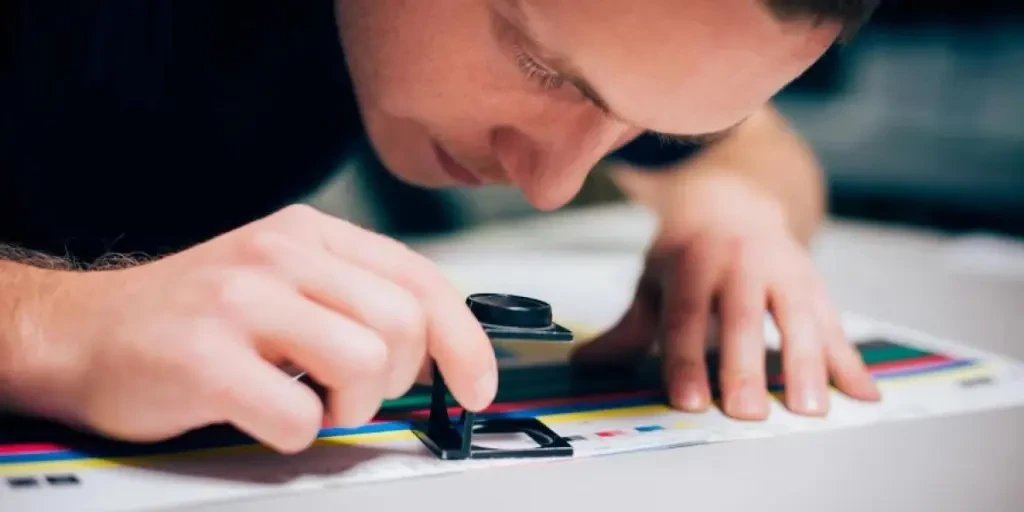The 45-Second Trick For Tx Tees
The 45-Second Trick For Tx Tees
Blog Article
Tx Tees for Dummies
Table of ContentsTx Tees Can Be Fun For EveryoneThe Best Strategy To Use For Tx TeesThings about Tx TeesHow Tx Tees can Save You Time, Stress, and Money.The Main Principles Of Tx Tees Examine This Report on Tx TeesIndicators on Tx Tees You Need To Know
Add up various other prices, like the number of energies it takes to run the shop and the price of ink and emulsion per design. Take the print below.The emulsion needs to only be a couple of cents since you 'd only require to coat one screen for this task. How much should you bill per t shirt to make a revenue? Normally, printers attempt to make up to 45% earnings on a print work. Right here's a table to assist you establish that: total price per item percent of wanted profit as a decimal (example:.25 or.45) revenue made per product per work Currently allowed's discuss the productivity of DTF.

With DTF, you can publish a handful of tee shirts, or just one. Both display printing and DTF have their specific niches in the world.
All About Tx Tees
The ideal method to understand? Ask about and see what printing shop like yours are doing. custom cap printing. Attempt both out and see which you like far better
When you're picking what sort of printing method to utilize for publishing your artwork layouts on your garments, it is necessary that you understand the distinctions between these 2 strategies so you can optimize outcomes while reducing costs. Screen printing is one of the most frequently made use of strategy for printing designs on textiles.
DTG printing is also called spot or direct to garment printing because it prints just what is needed rather than making a display as screen printers do. https://txtees02.mystrikingly.com/. Screen printing functions by display filler squeegee screen printing ink display mesh screen, after that transferring the picture to garment utilizing warmth and/or stress
The DTG printer uses unique dye-sublimation inks that are used into a pre-designed picture by a digital printing system. The inks become component of the fabric, permitting for vivid colors and extraordinary information. It's likewise recognized as area or direct to garment printing since it publishes only what is required instead of making a display as screen printers do.
Tx Tees Fundamentals Explained
It's much faster - you can print a fullcolor photo in mins, as opposed to hours for screen printing. Second, there's no established up time or prices entailed - you can publish any kind of design you like, without having to produce a display. Third, there's no waste - since display printers screen print one design each time, they have to screen each color independently.
The paper is really expensive and can just be used once. Once it's published on, it needs to be discarded. - The initial purchase cost is lower than the upfront investment of DTG printers- You can publish multi-color layouts one screen at a time rather than needing to print each color individually like DTG printing.

Fascination About Tx Tees
Nonetheless, as opposed to making use of screen mesh as screen printers do, color sublimation printers use laser modern technology to move your images onto garments or paper. A warmth process transfers the color from its solid-state directly into the gas stage which subsequently fuses it onto fabric substratums when they are swiftly heated to heats under high pressure.
Sublimation printing is environmentally friendly. It makes use of much less water than screenprinting, and because it doesn't include making use of dangerous solvents, it's secure for all sorts of clothing. The dye sublimation inks are additionally odorless when cured, unlike display printers that utilize hazardous chemicals throughout the display printing procedure that leave an unpleasant smell.
They additionally conserve cash on pricey equipment like exposure systems considering that color sublimation printers don't require a UV exposure unit or a flash remedy oven that is normally utilized in display printing (custom t-shirt design). What is straight to garment printing (DTG Printing)? DTG printing is a digital screenprinting process that publishes straight onto textile making use of specialized inkjet printers
Some Known Questions About Tx Tees.
DTG printing supplies many advantages over standard screenprinting, consisting of the capacity to publish photographic quality photos, higher color vibrancy, and the ability to publish designs on darker textiles. DTG printers function by heating up the fabric ink up until it becomes a gas. The gas then permeates the textile, bonding with the fibers to produce an irreversible print.

Display printers merely prepare their display after that start publishing up until they run out of product or ink.- There is a variety of seasoned display printers throughout the globe, which can be handy for newbies. - It's a slower procedure - display printers usually need to wait on the ink to dry before they can print the following shade- Screen important site printers require manual labor, so there's a higher understanding contour and it takes longer to create a high-grade layout- Display printing isn't as accurate as DTG printing, so you might get some "bleeding" of shades from one component of the picture onto one more if not done properly.
The Best Strategy To Use For Tx Tees
Nonetheless, instead of making use of display mesh as screen printers do, color sublimation printers use laser modern technology to transfer your images onto garments or paper. A warmth process moves the color from its solid-state directly right into the gas stage which consequently integrates it onto fabric substratums when they are quickly heated to high temperatures under high stress.
Sublimation printing is eco-friendly. It uses less water than screenprinting, and because it does not entail making use of harmful solvents, it's risk-free for all sorts of apparel. The dye sublimation inks are additionally odorless when cured, unlike display printers that make use of damaging chemicals throughout the display printing process that leave an unpleasant odor.
They likewise conserve cash on pricey equipment like exposure devices since dye sublimation printers don't call for a UV exposure unit or a flash remedy stove that is generally utilized in screen printing. What is direct to garment printing (DTG Printing)? DTG printing is a digital screenprinting procedure that publishes directly onto textile using specialized inkjet printers.
The Tx Tees Ideas
DTG printing provides many advantages over typical screenprinting, consisting of the capacity to publish photographic top quality photos, greater shade vibrancy, and the ability to publish layouts on darker textiles. DTG printers function by heating up the textile ink until it turns into a gas. The gas after that penetrates the textile, bonding with the fibers to create a long-term print.
Report this page